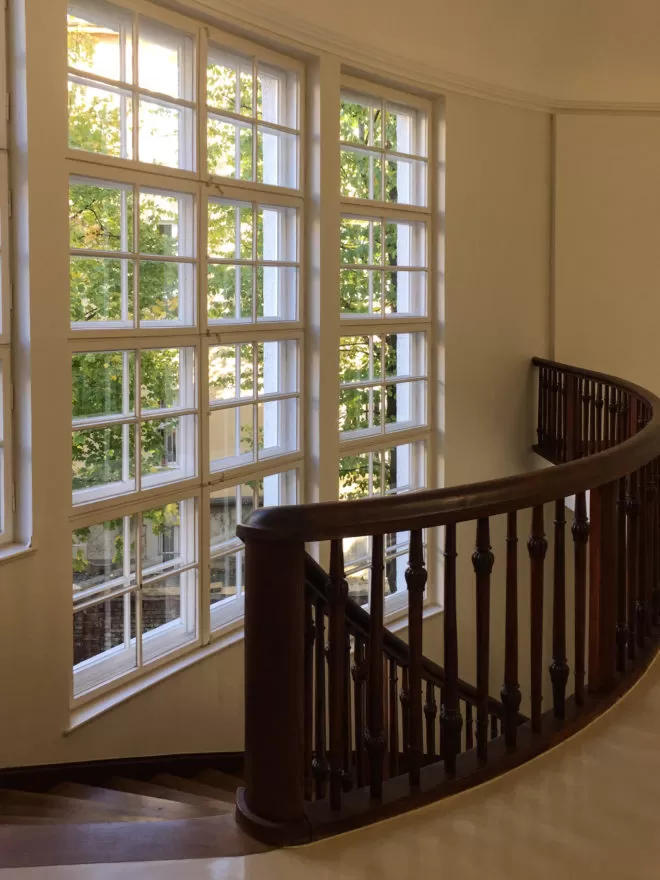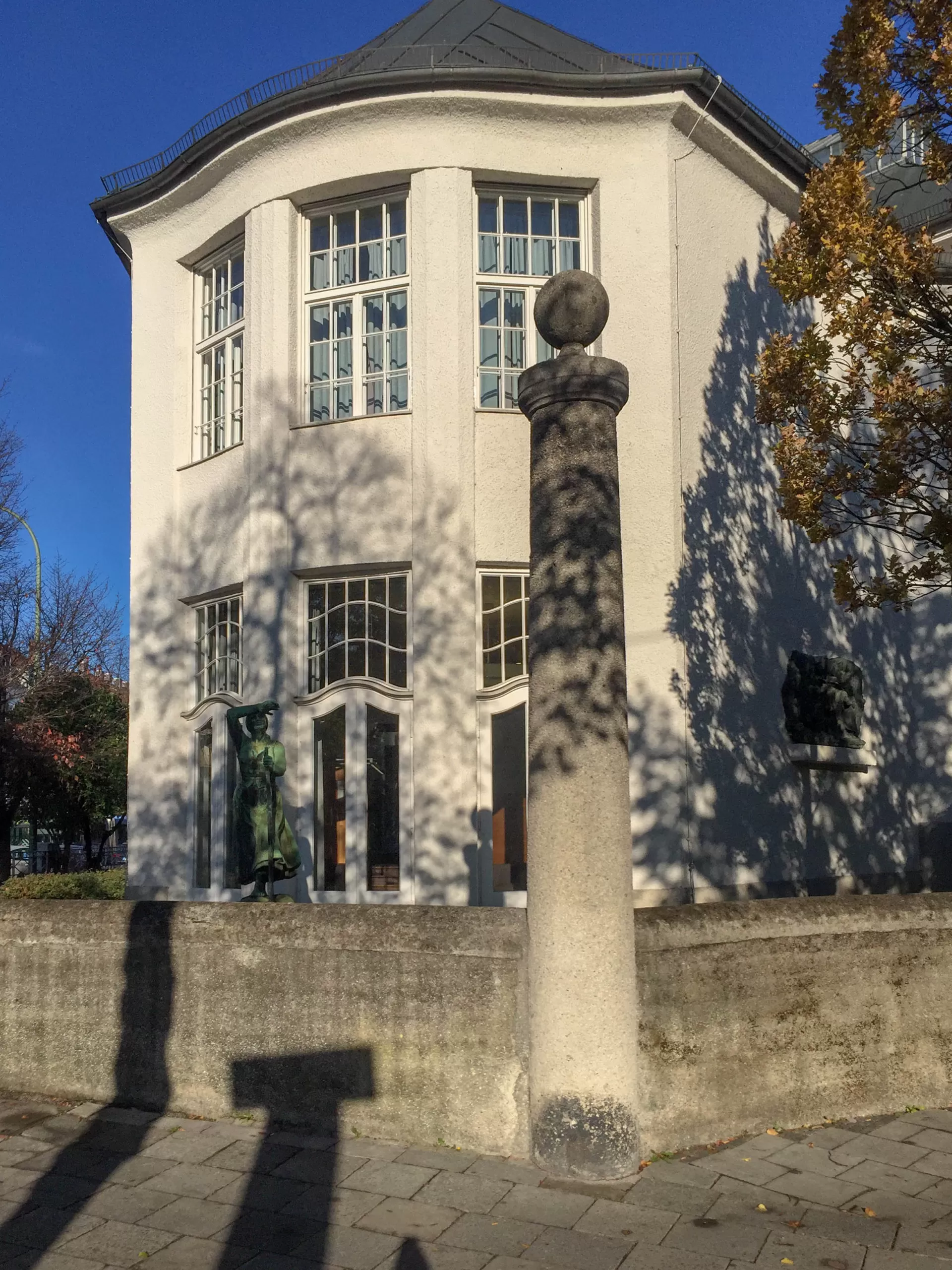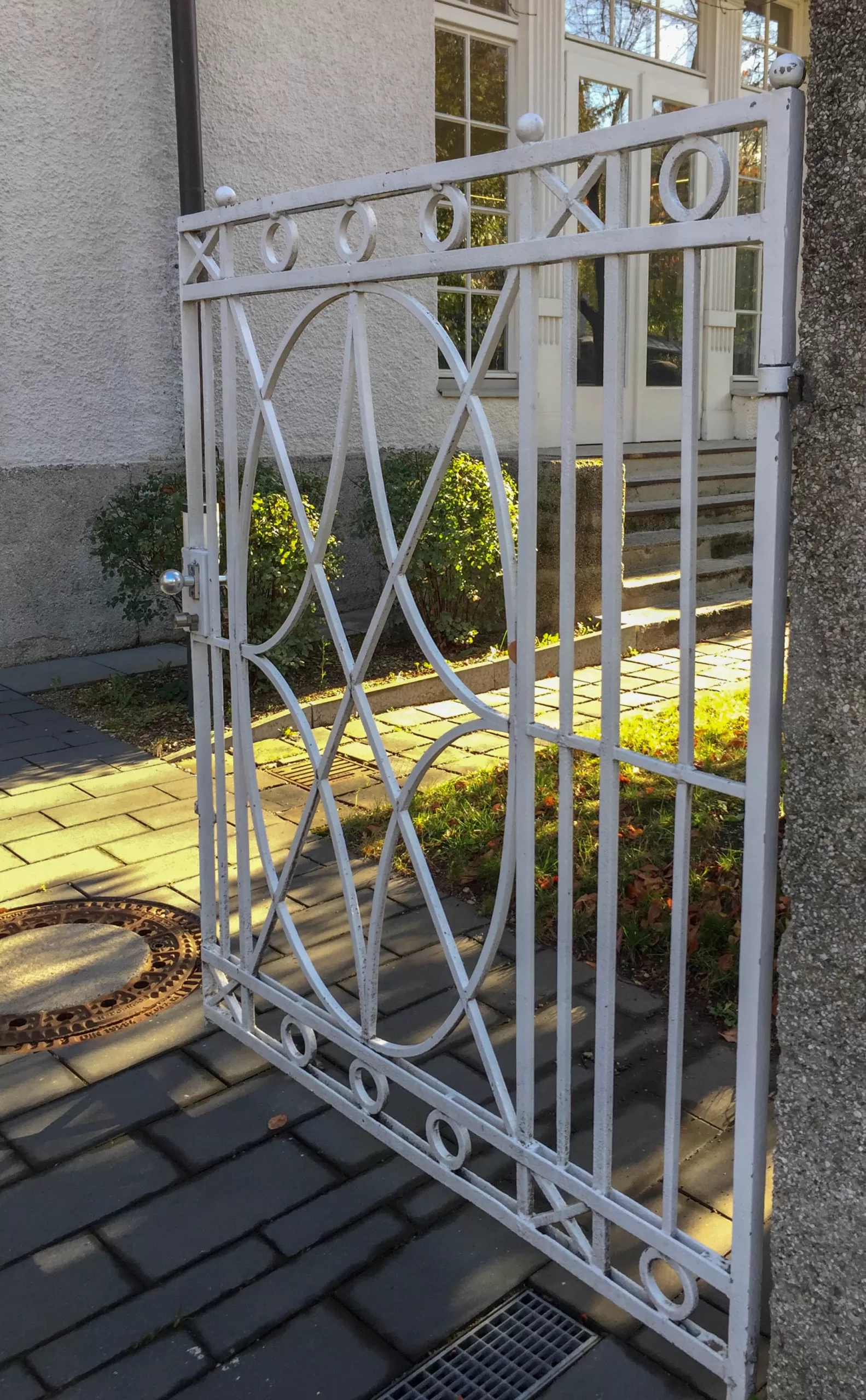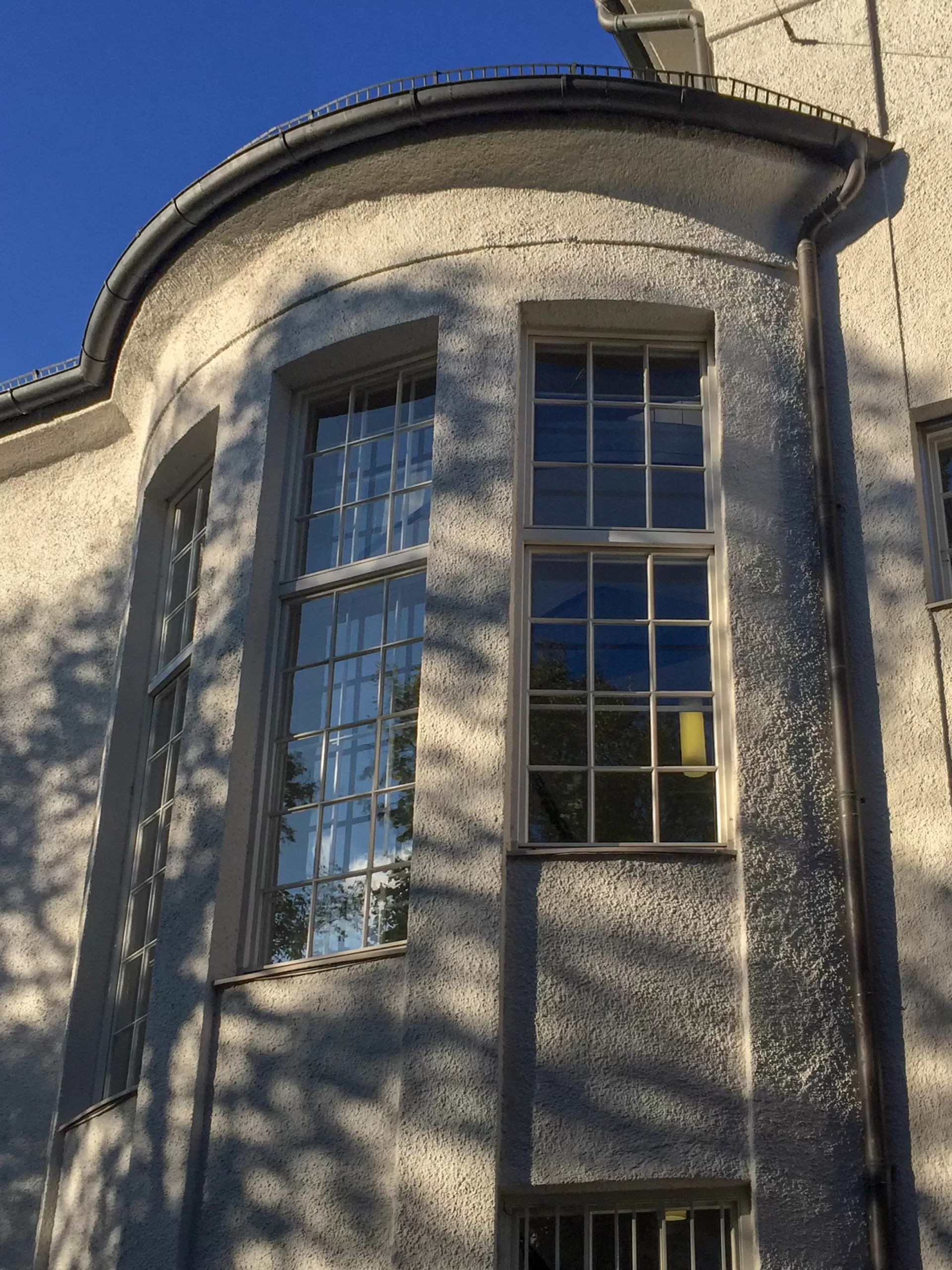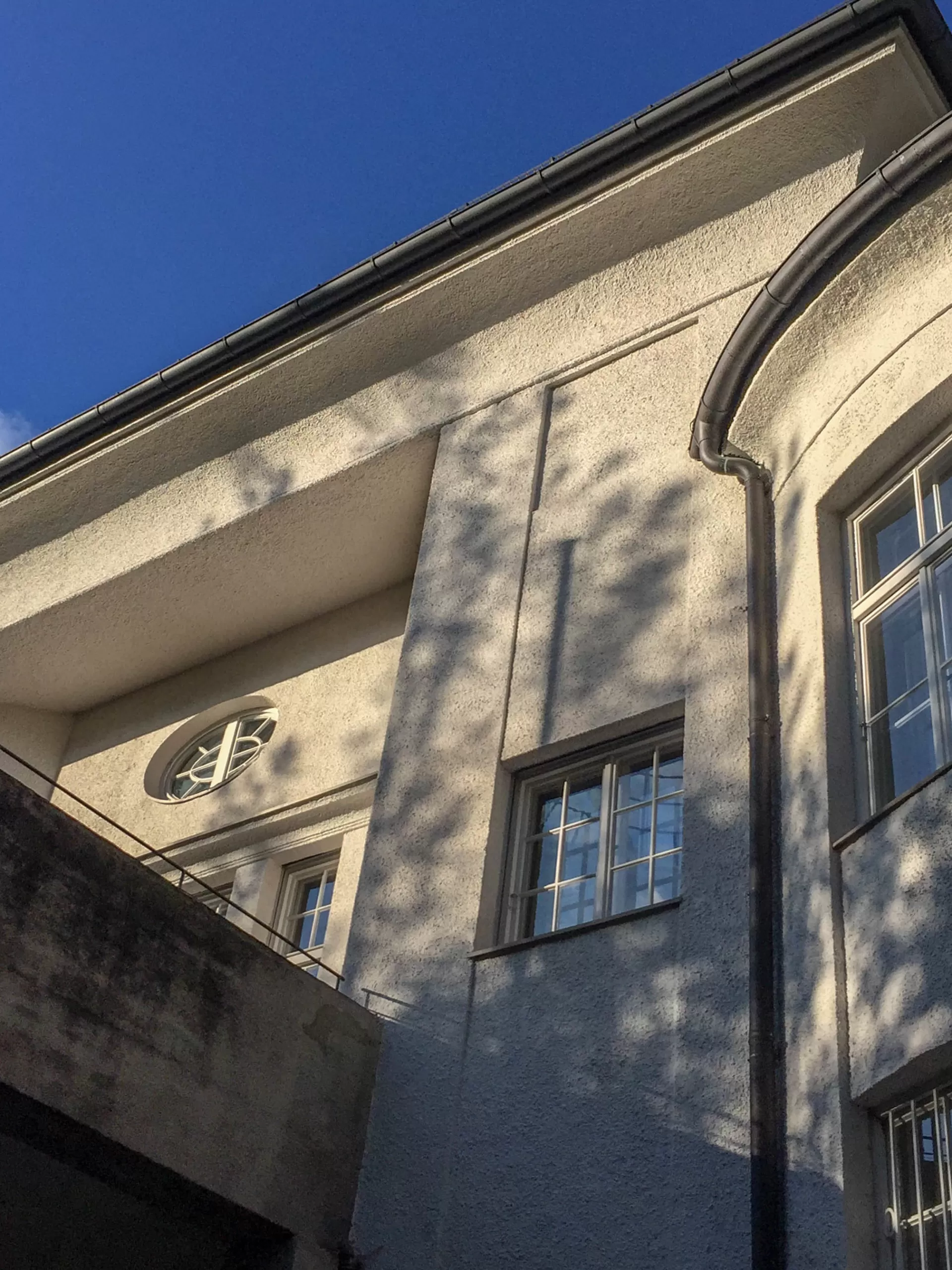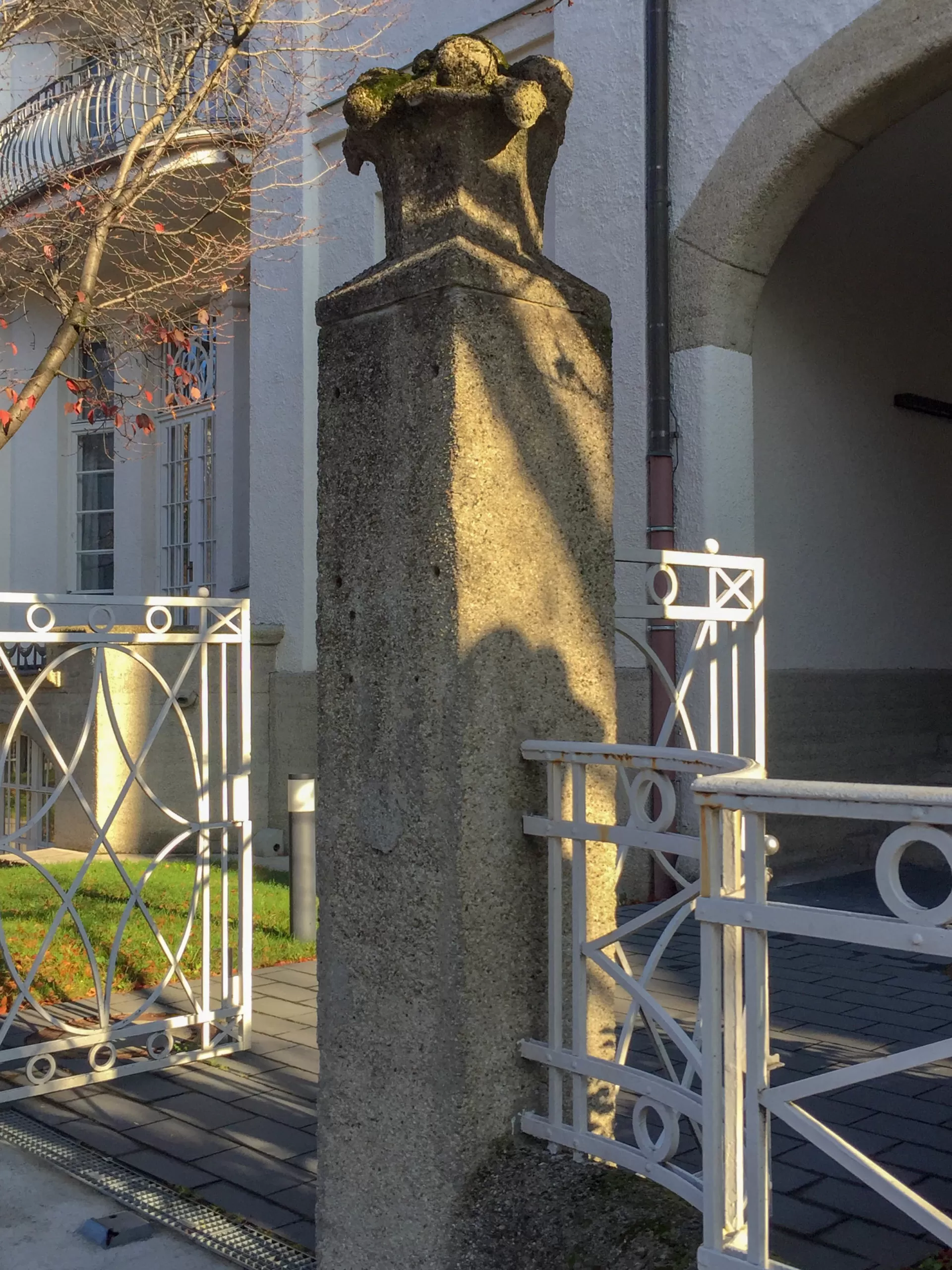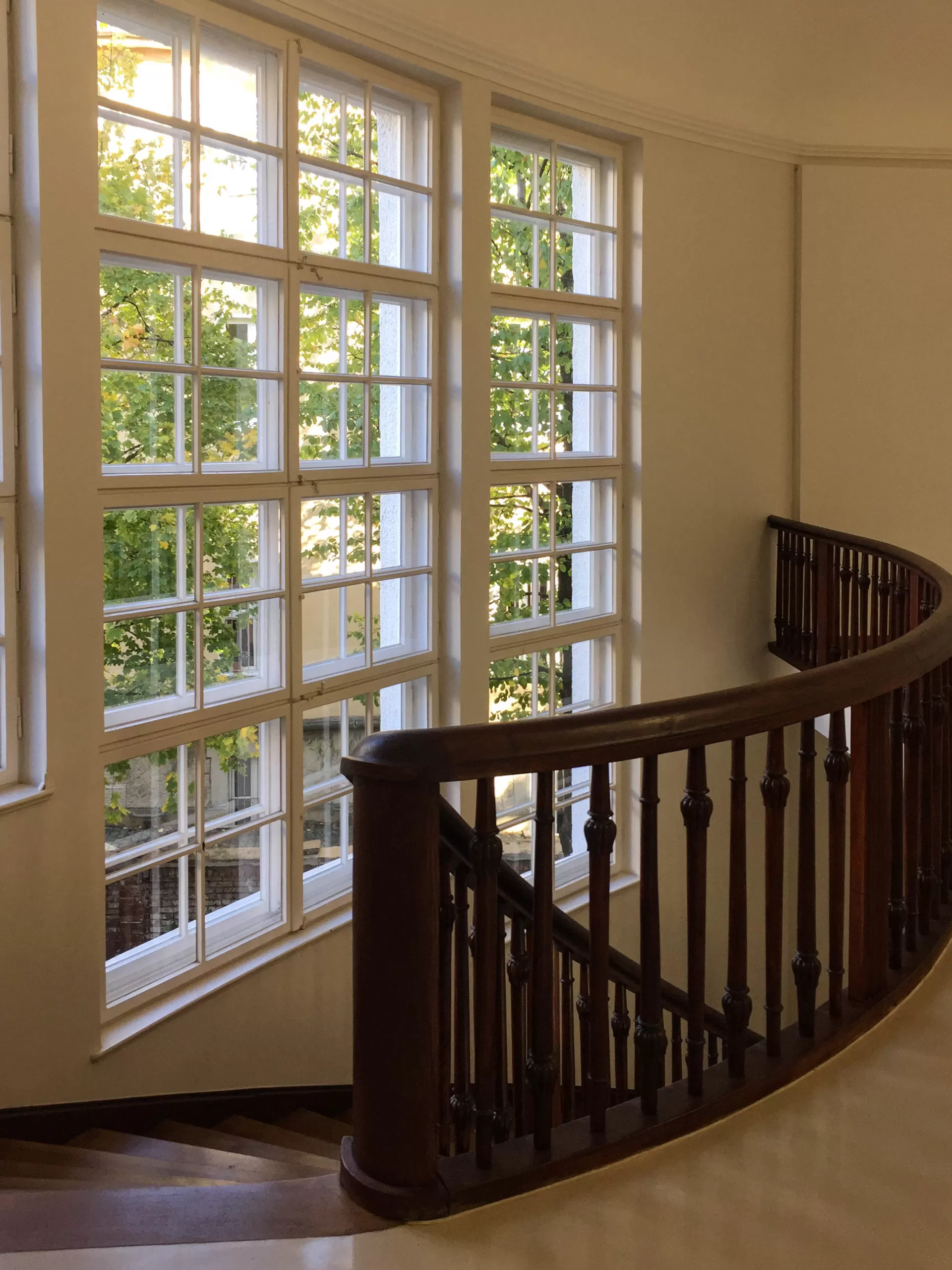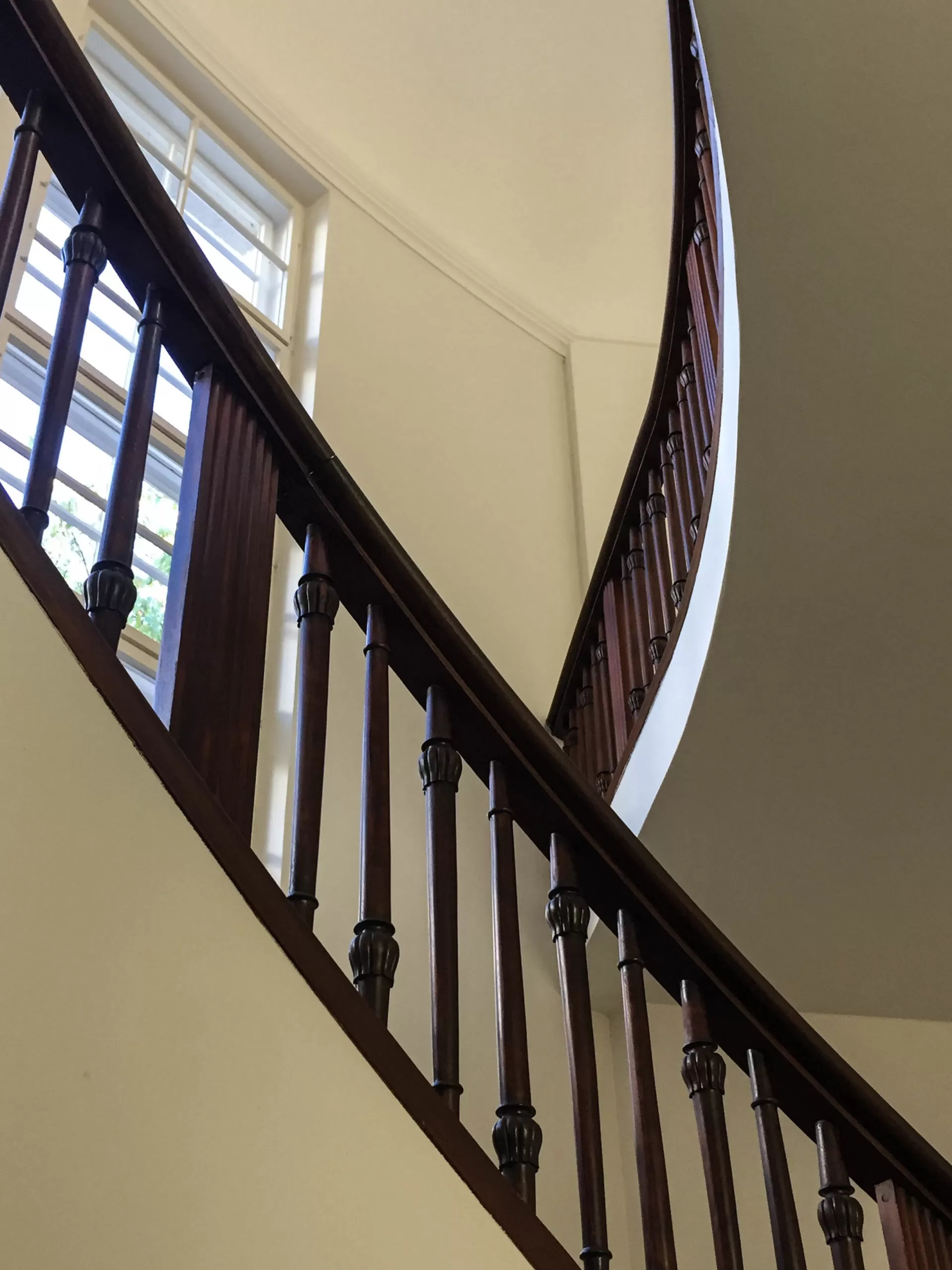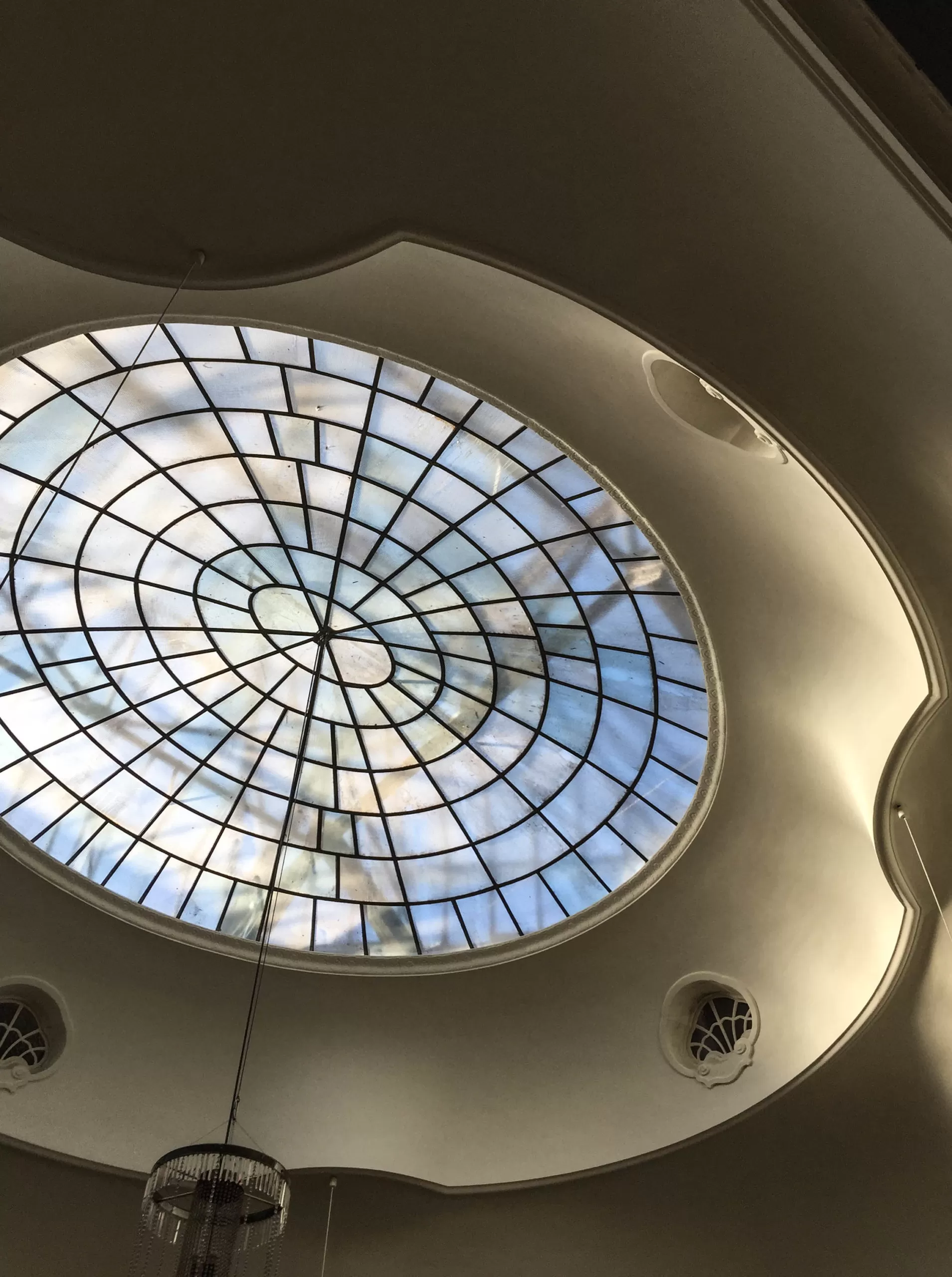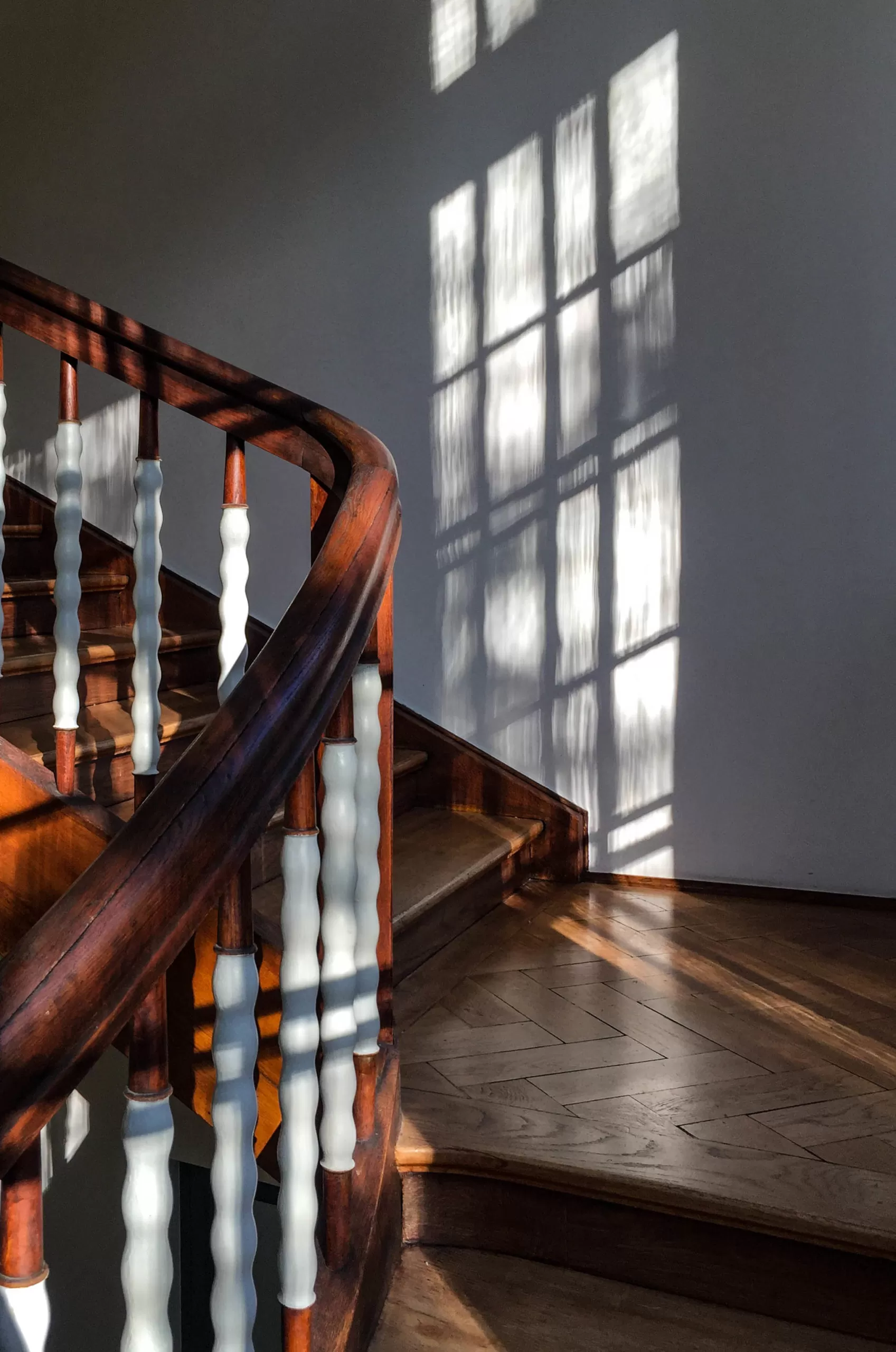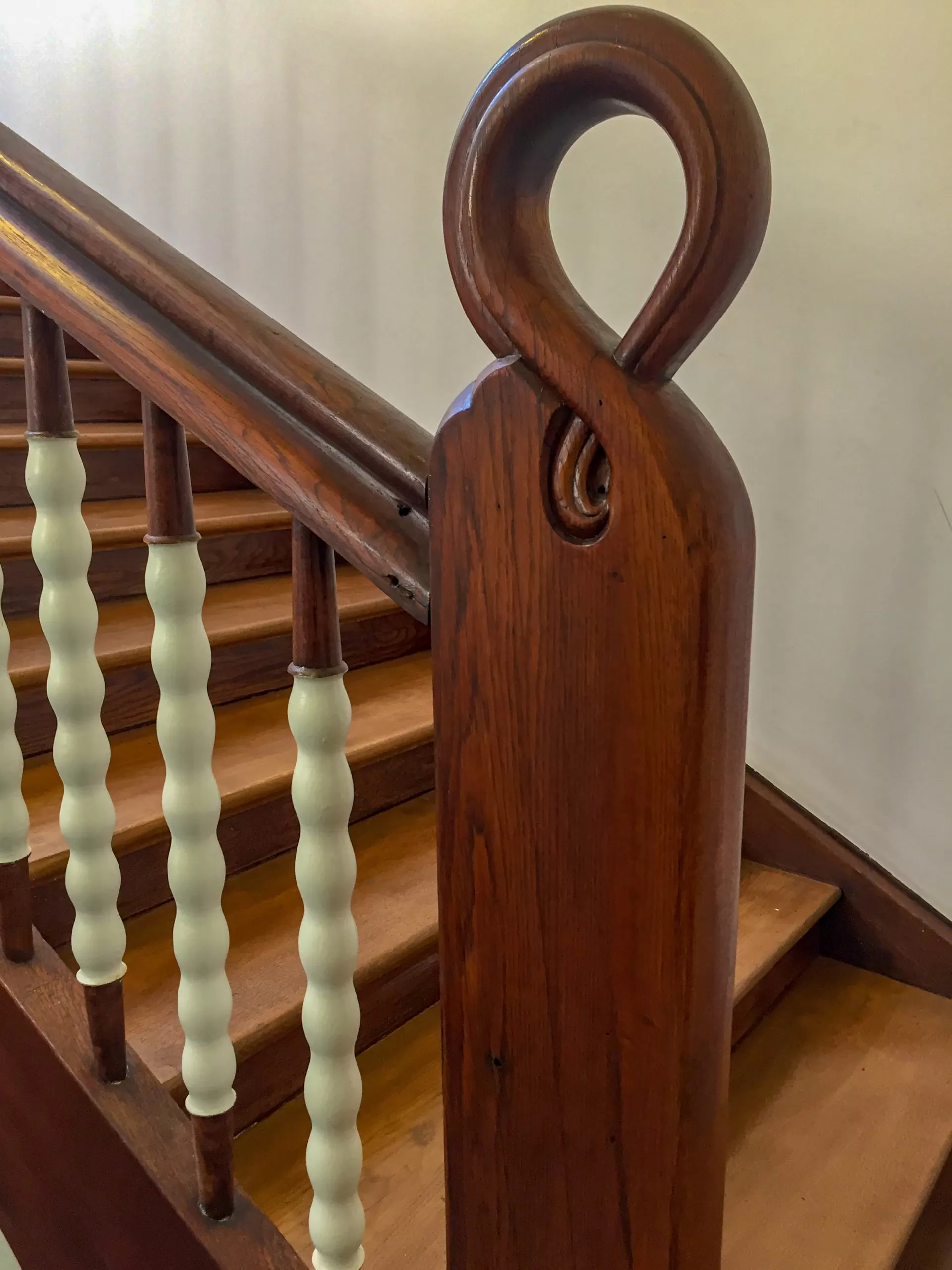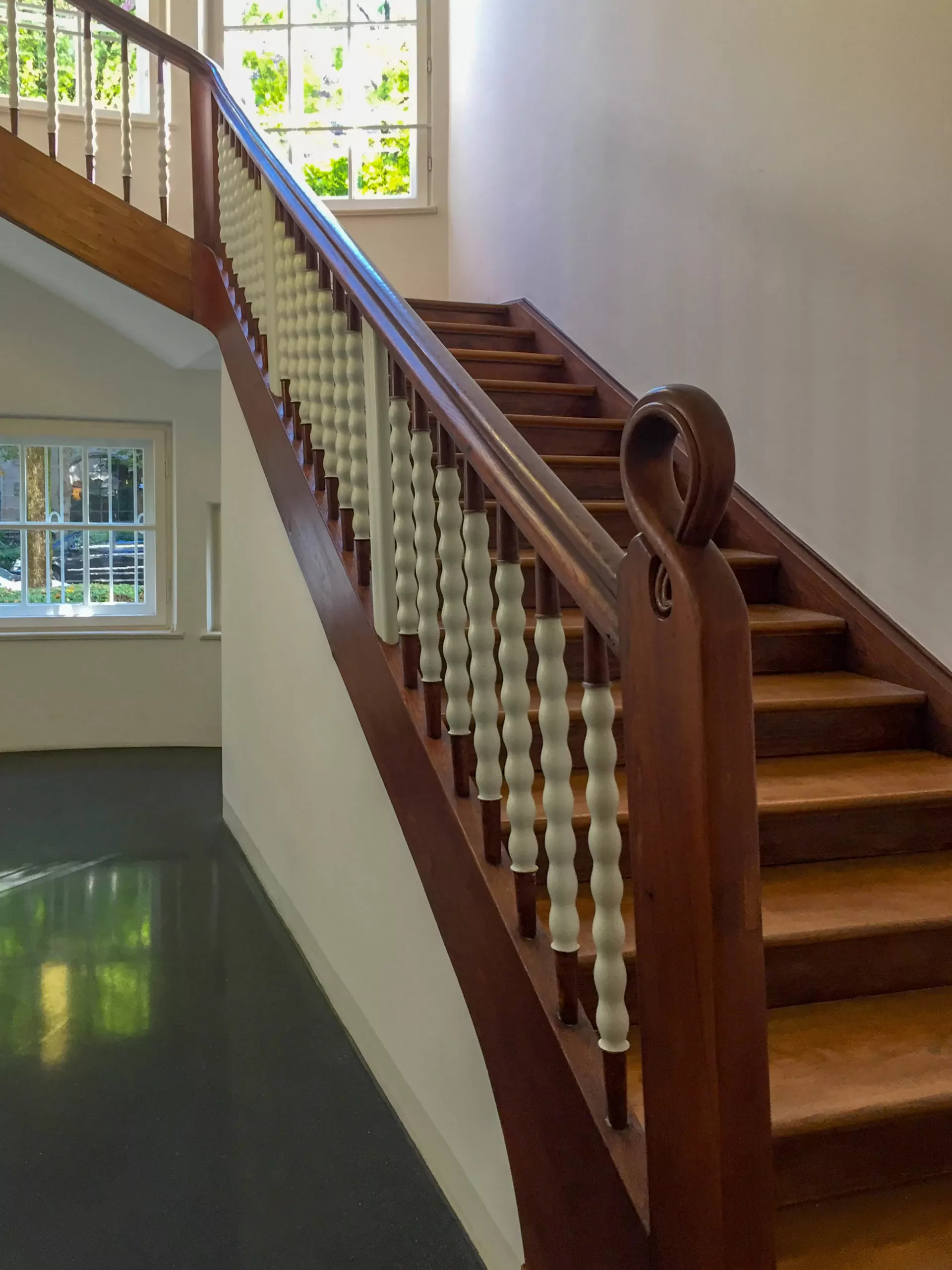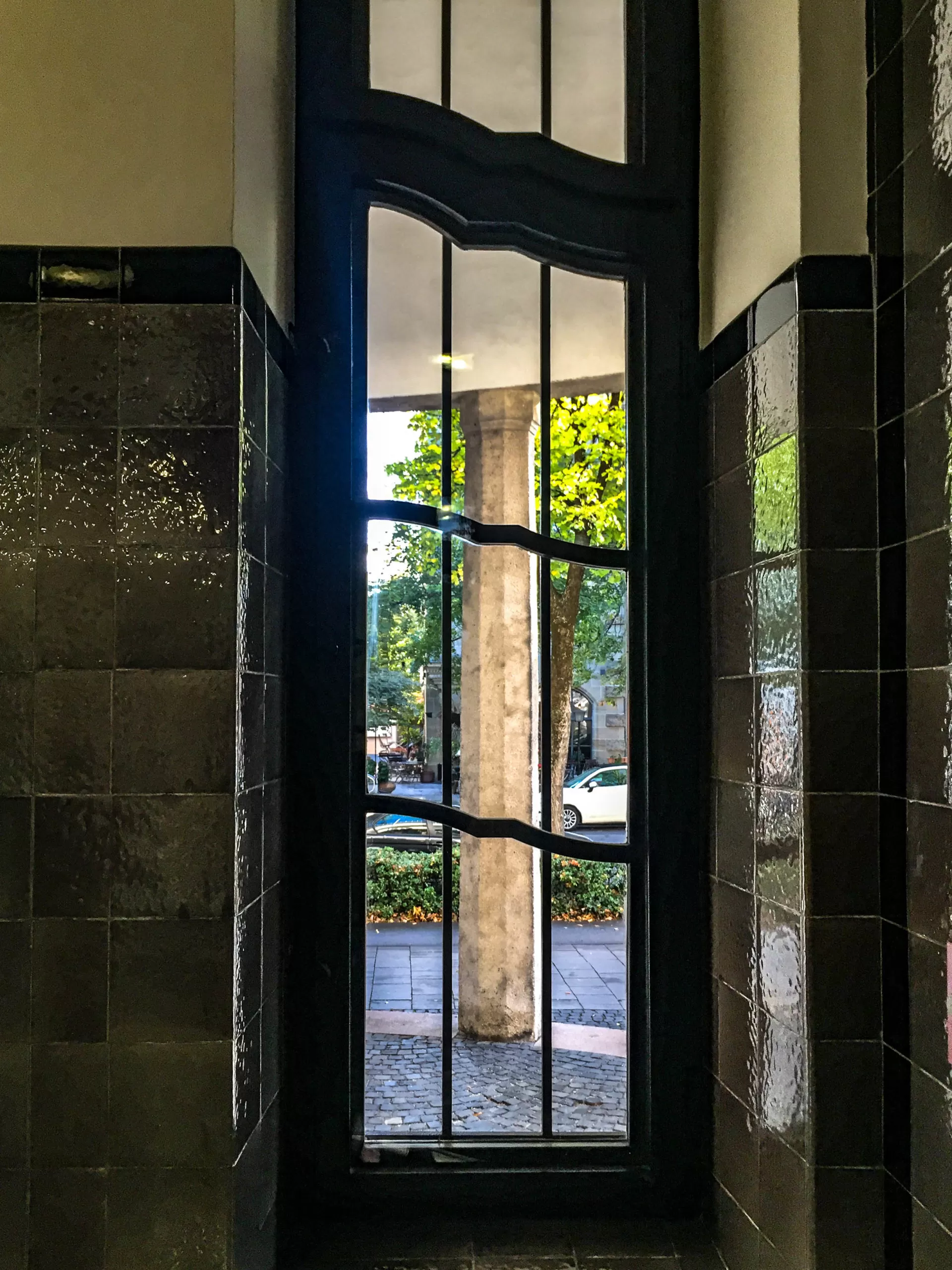1909 – 1910 and 1912 – 1913
Architect: Emanuel von Seidl
Lessingstraße 2, Beethovenplatz 1, Munich, Germany
Starting in 1909, Franz Josef Brakl had a residential building built on Beethovenplatz in Munich according to plans by the architect Emanuel von Seidl, followed by a new exhibition building for his art gallery in 1912/13.
Franz Josef Brakl
Brakl was one of the most important gallery owners of modern art in Germany at this time and exhibited painters of the Blaue Reiter as well as artists of the association Die Scholle.
Franz Josef Brakl was initially a lyric tenor at the Komische Oper in Vienna. There he was discovered by the director of the Munich Theater am Gärtnerplatz, Karl von Perfall, and immediately engaged.
On June 1, 1898, Franz Josef Brakl took over the directorship of the Gärtnerplatz Theater, but he relinquished it just one year later.
Art Gallery Brakl
In 1905 Brakl retired from active theater life. He founded the Kunsthaus Brakl, which quickly gained a strong reputation.
In February 1910 he showed the works of Franz Marc in a solo exhibition and introduced him to August Macke.
The new exhibition building, which was opened on May 26, 1913, is decorated in late Art Nouveau forms. Inside, the exhibition rooms are grouped around a skylight hall.
Showrooms
In his newly created rooms, Franz Josef Brakl changed the way the works of art on display were presented. Whereas he had previously shown them in simulated residential rooms, the halls of the newly built Kunsthaus now offered entirely new possibilities for presentation.
In the skylight hall, he had black wall coverings installed to demonstrate and enhance the distant effect of the artworks.
Design
In 1913, the Bayerische Staatszeitung wrote about the design of the rooms:
“In the surrounding rooms wide windows. Cloth covering of the walls made in different shades according to the different rooms, to form a corresponding background depending on the strong or mild tones of the paintings.
The lower wall of the hall is covered with light, indifferent fabric, while the upper wall is covered with matte black – the latter is a completely new approach!
Other rooms are covered in dark blue, white, purple-ochre brocade, golden yellow, ivory, moss green, in strong red; in the staircase striped light purple.
In all rooms, the gray linoleum covering the floor and the muted reddish mahogany covering of the plinth and framing of the doors have a tone-connecting effect.”
Conversion and Renovation
The building was acquired by the University of Munich at the end of the 1920s and rebuilt and modernized in 1928 according to plans by Theodor Fischer.
Today, the former gallery building houses the medical library and reading room of the Ludwig Maximilian University of Munich with a total of 165 reading and working places.
From 2011 to 2013, the listed building was renovated and expanded.

